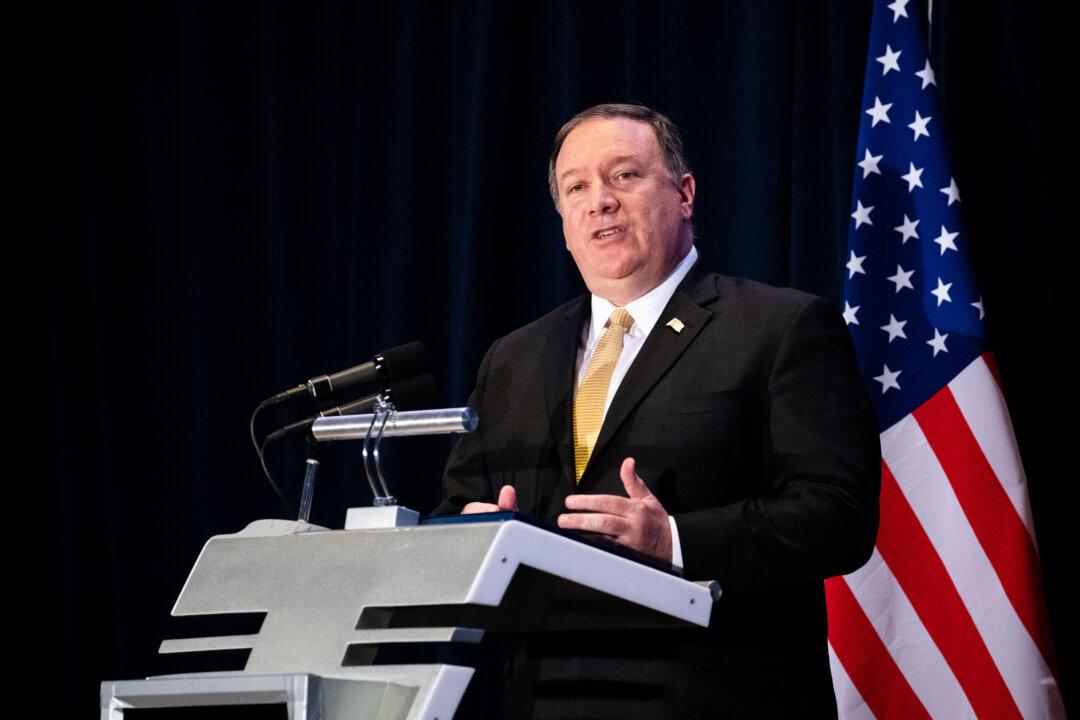The United States has condemned “unjustifiable attacks” against the people of Idlib province in northwest Syria this week and said it’s prepared to take the “strongest diplomatic and economic actions” against President Bashar Assad’s regime.
In a statement issued Jan. 27, Secretary of State Mike Pompeo said tens of thousands of people are being forced to flee their homes following intense attacks, and called for a cease-fire so that humanitarian organizations can help those who have been affected.





